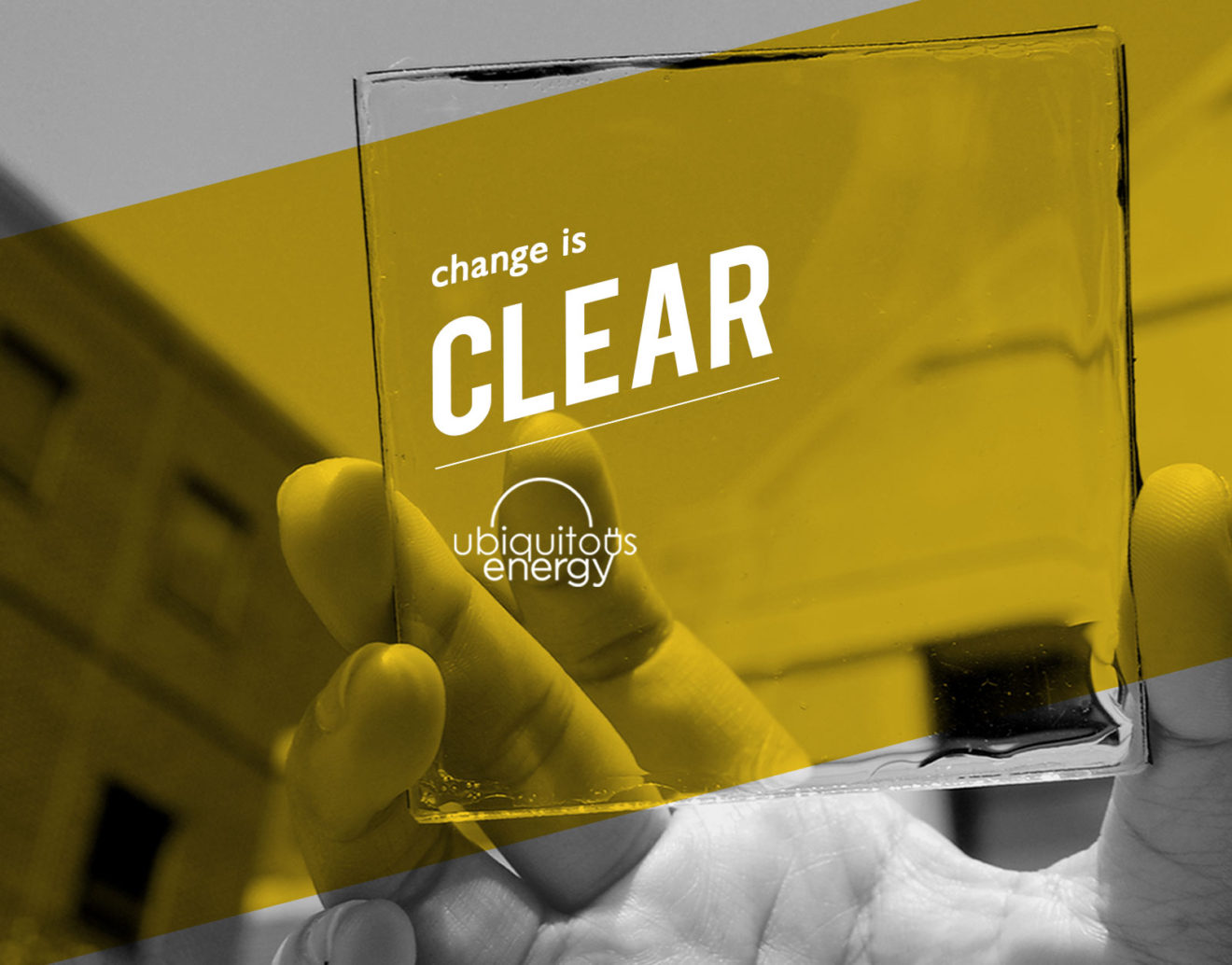Renewable energy set to be cheaper than fossil fuels by 2020.
Renewable energy will be cheaper than fossil fuels in two years, according to a new report.
Experts predict that investment in green infrastructure projects will lead to decreases in the cost of energy for consumers.
Continuous technological improvements have led to a rapid fall in the cost of renewable energy in recent years, meaning some forms can already comfortably compete with fossil fuels.
The report suggests this trend will continue, and that by 2020 “all the renewable power generation technologies that are now in commercial use are expected to fall within the fossil fuel-fired cost range”.
Of those technologies, most will either be at the lower end of the cost range or actually undercutting fossil fuels.
“This new dynamic signals a significant shift in the energy paradigm,” said Adnan Amin, director-general of the International Renewable Energy Agency (IREA), which published the report.
“Turning to renewables for new power generation is not simply an environmentally conscious decision, it is now – overwhelmingly – a smart economic one.”
The report looked specifically at the relative cost of new energy projects being commissioned.
As renewable energy becomes cheaper, consumers will benefit from investment in green infrastructure.
“If the stuff you’re building to generate electricity costs less, the end effect of that is having to pay less for the electricity that comes from it,” Jonathan Marshall, energy analyst at the Energy and Climate Intelligence Unit (ECIU) told The Independent.
“The cheaper you install it, the better it is for everyone.”
The current cost for fossil fuel power generation ranges from around 4p to 12p per kilowatt hour across G20 countries.
By 2020, IREA predicted renewables will cost between 2p and 7p, with the best onshore windand solar photovoltaic projects expected to deliver electricity by 2p or less next year.
Other methods of producing renewable energy, such as offshore wind farms and solar thermal energy, are not yet as competitive as fossil fuels.
However, the results of recent renewable power auctions for projects to be commissioned in the coming years suggest these forms too are due to drop in price.
Auctions provide a useful means of predicting the future cost of electricity.
“These cost declines across technologies are unprecedented and representative of the degree to which renewable energy is disrupting the global energy system,” said Mr Amin.
The new report comes after 2017 was declared the UK’s “greenest year ever” by WWF, when data from the National Grid revealed 13 different renewable energy records had been broken.
However, current UK policy may hamper the development of renewable energy capacity.
“Under current policy, the UK is at risk of being left behind as other countries take full advantage of the relentless fall in the cost of renewable energy,” said Mr Marshall.
Notably, the subsidy ban for new onshore wind farms has been singled out, with the ECIU predicting it could add £1bn onto energy bills over five years.
“If the Government is serious about achieving the lowest cost electricity in Europe, the ban on onshore wind has to be first in the firing line,” said Mr Marshall.
“Until this happens – and all low-carbon electricity sources are allowed to compete on equal footing – the gap between the cost of electricity in the UK and elsewhere will prevail; to the ire of politicians, businesses and household bill payers.”
A spokesperson from the Department for Business, Energy and Industrial Strategy said the Government could still support onshore wind where there is local support, such as on the Scottish islands.
“We are pleased to see that established technologies, such as onshore wind and solar, are driving costs down for consumers,” they said.
“If this continues, and they have local support, they may play a significant role in the energy mix in future.
- Published in Solar Energy
Takeuchi Manufacturing unveils a new compact excavator TB250-2
The compact excavator weighs over 10,957 pounds and provides the company with a true 5-ton excavator that is well suited for a plethora of applications.
The company’s proprietary Takeuchi Fleet Management (TFM) telematics system would come as a standard feature on all TB250-2 units.
Takeuchi Manufacturing (Takeuchi), a Japanese heavy machinery manufacturing firm, has reportedly announced the launch of its latest compact hydraulic excavator called the TB250-2.
Reports cite, the TB250-2, weighing in at about 10,957 pounds, provides the company with a true five-ton excavator that is specifically designed for a plethora of applications ranging from landscaping to rental and general contracting.
According to a report by Lawn & Landscape, the new compact excavator boasts of features such as a long arm that comes with an integrated thumb mount which gives the machine a maximum digging depth of about 12 feet 4.8 inches. Moreover, the excavator would also include the company’s proprietary Takeuchi Fleet Management (TFM) telematics system as a standard, the TFM system allows the machine owners to have remote access to the excavator’s vitals, performance, utilization, location, and maintenance data.
The machine’s four-pump hydraulic system facilitates a multi-function capability and its precision pilot-joy sticks allow for a smooth metered control. The excavator is also an outstanding attachment platform. The multi-function monitor feature makes hydraulic flow rate adjustment possible from the vehicle cabin and the multiple presets enable attachments to be swapped out easily & quickly.
The Director of Product at Takeuchi, Mike Ross stated that the company is thrilled to add the TB250-2 to its fleet of excavators and looks forward to offering contractors with a machine that would thoroughly exceed their expectations on the most daunting of job-sites. Ross further added that listening to customer needs is the key to the company’s success as Takeuchi incorporates customer feedback in all its products to ensure that the performance, value and the build quality is unmatched.
According to reports, the new excavator is available for sale and the company is already taking orders from interested buyers.
- Published in Construction
Worlds Largest 3D Printed Concrete Pedestrian Bridge Completed in China
The world’s longest 3D-printed concrete pedestrian bridge has been completed in Shanghai. Designed by Professor Xu Weiguo from the Tsinghua University (School of Architecture) – Zoina Land Joint Research Center for Digital Architecture, the 26.3-meter-long bridge was inspired by the ancient Anji Bridge in Zhaoxian, China.
The single-arch structure was created using a 3D printing concrete system developed by Professor Xu Weiguo’s team, integrating digital design, cost efficiency, smart technology, and architectural dynamism. Enclosing the 3.6-meter width, the bridge’s handrails are shaped like flowing ribbons on the arch, creating a light, elegant movement across the Shanghai Wisdom Bay pond.
The bridge is constructed of 44 hollowed-out 3D printed concrete units, while the handrails are divided into 68 units. The bridge’s components have been printed from composite materials, containing polyethylene fiber concrete to match the structural performance of conventional materials.
The design process involved the construction of a 1:4 scale physical model of the bridge, built to demonstrate the scheme’s viability, and proving that the bridge could hold pedestrians crowding the entire surface. For the actual construction, concrete components for the bridge were printed by two robotic arms, over the course of 450 hours. The streamlined process is estimated to have produced savings of 33% when compared to a more conventional construction process – attributed mainly to the elimination of templates and reinforcing bars.
Embedded in the bridge, a real-time monitoring system provides data on vibrating wire stresses and strains. The results will allow for a greater understanding of the practical performance of new concrete materials, and the structural properties of 3D-printed components.
Concrete is not the only material undergoing major change as a result of 3D printing technology. Earlier this year, Columbia University unveiled a new technique for 3D printing and scanning, producing a timber lookalike with an authentic interior grain. Meanwhile, the world’s first 3D-printed steel bridge was recently unveiled at Dutch Design Week.
- Published in Construction
Solar windows could meet ‘nearly all’ of America’s electricity demand
Solar cell technology could soon tap into the massive energy potential of windows and other transparent objects, new research has shown.
Scientists have been working on transparent solar panels which could be used as windows in cars or homes at the same time as generating electricity.
“Highly transparent solar cells represent the wave of the future for new solar applications”, said Richard Lunt, Professor of Chemical Engineering and Materials Science at Michigan State University.
“We analysed their potential and show that by harvesting only invisible light, these devices can provide a similar electricity-generation potential as rooftop solar while providing additional functionality to enhance the efficiency of buildings, automobiles and mobile electronics.”
The material is designed to capture just ultraviolet and near-infrared light.
An estimated five billion to seven billion square metres of glass surface in the United States could be used to meet 40 per cent of the country’s energy demand, according to the authors of the report – rising to nearly 100 per cent, if energy storage capacity is improved.
In 2016, solar accounted for 1.4 per cent of US electrical generation, up from just 0.1 per cent in 2010
Meanwhile, the cost to install traditional solar panels in the US has fallen by more than 70 per cent since 2010.
In the UK, solar’s overall share of the market is higher, accounting for 3.4 per cent of all electricity generated in 2016.
- Published in Solar Energy









